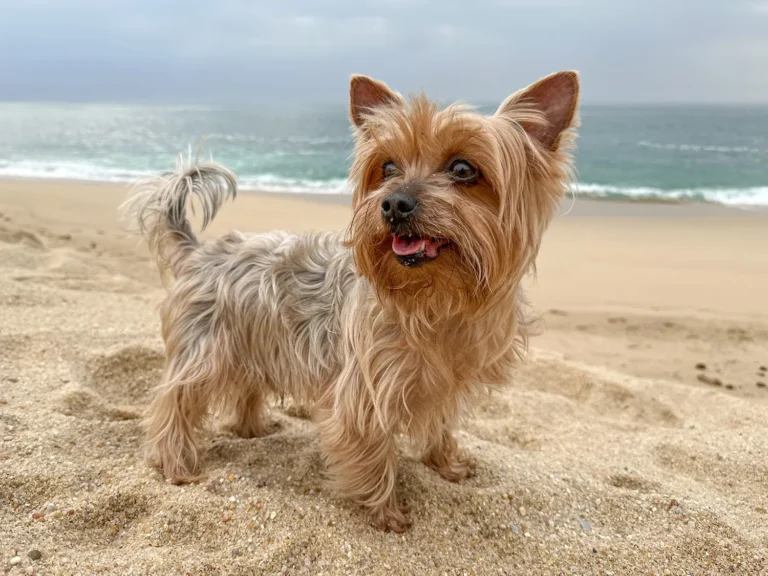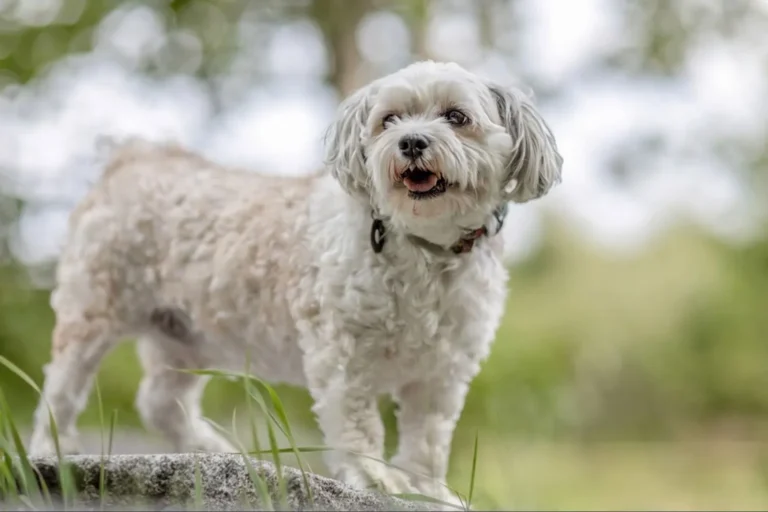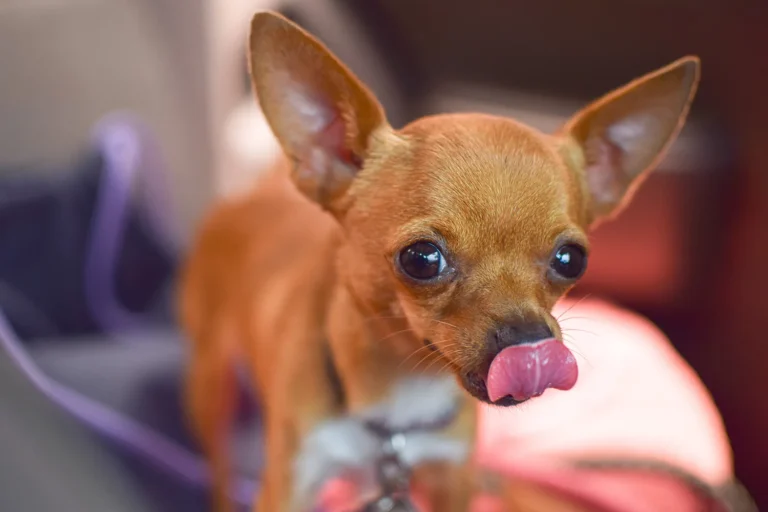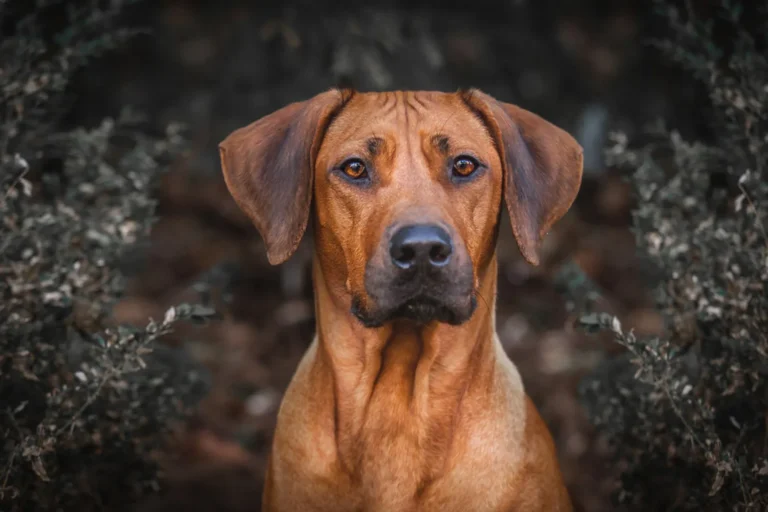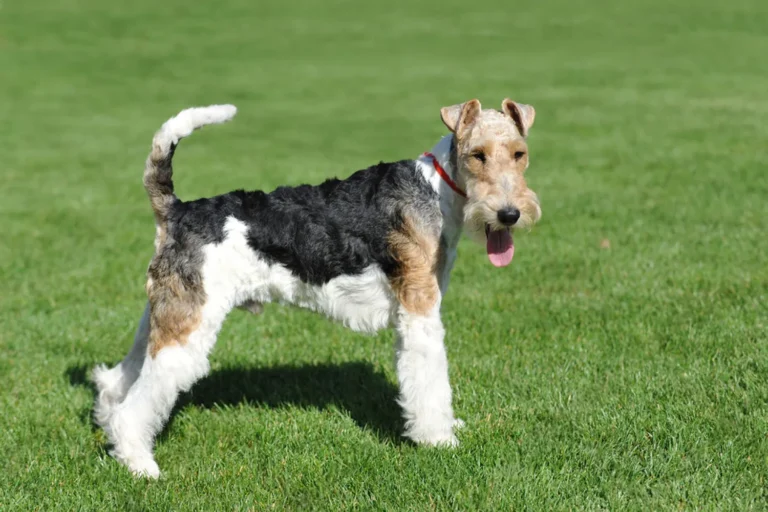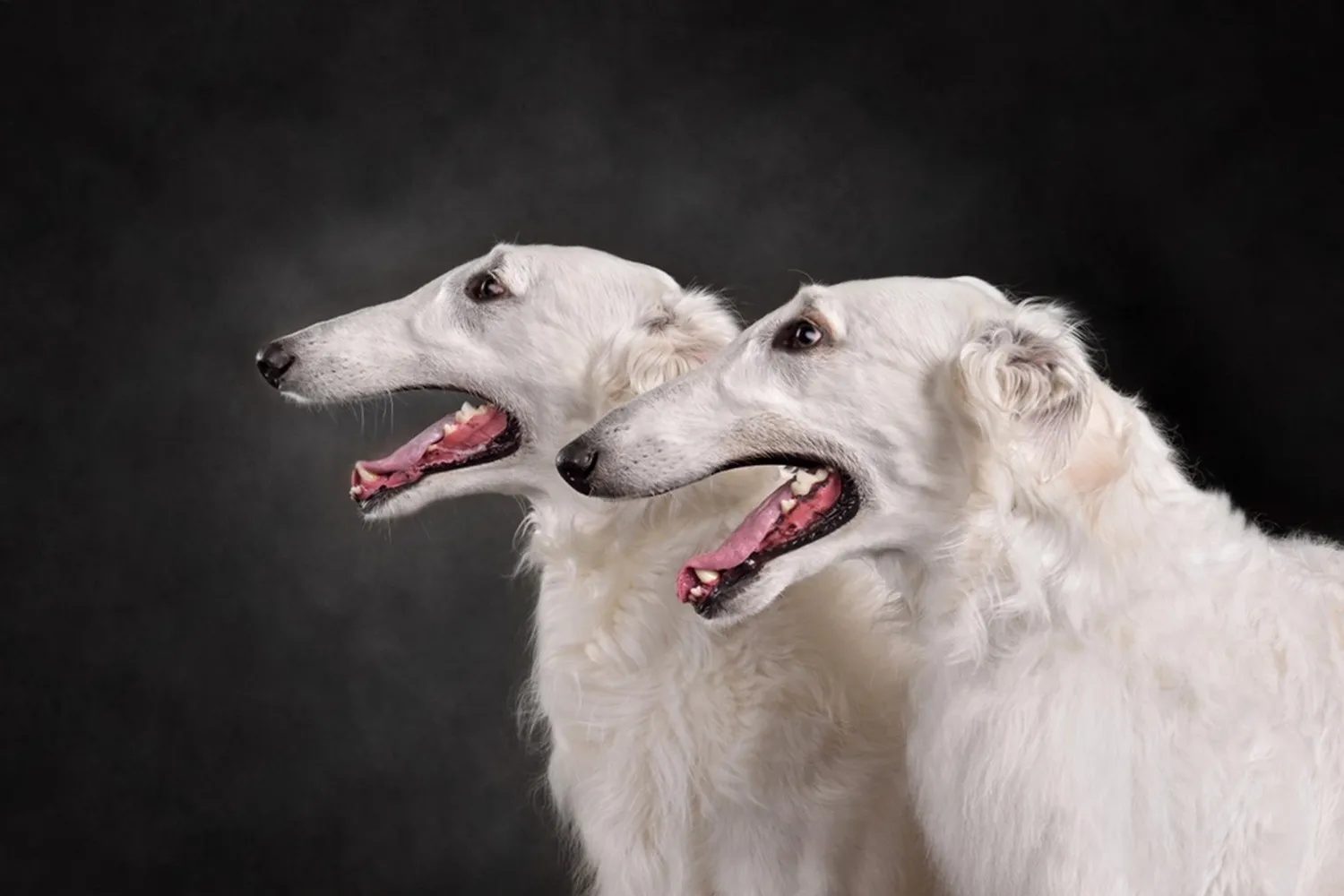
If you love to move and don’t mind a little glamour, a Borzoi fits like a glove. Mine trots beside me like a dancer, and people actually stop to stare at that swan neck and feathered coat talk about making an entrance on a Tuesday walk.
Give them brisk daily walks and a few zoomy sprints in a fenced area, and they’re velvet couch mellow at home. Keep a secure leash their chase instinct is real and brush that silky fur often. Gentle training and calm routines bring out their elegant, easygoing charm.
History and Origin of the Borzoi
If you trace the Borzoi’s pawprints back through time, you end up in old Russia, riding alongside nobles across snow dusted fields. These elegant sighthounds have roots reaching to the 17th century, with the first officially recorded breed standard dating to around 1650, when they were prized as hunting dogs. The Russian aristocracy bred them for speed and courage, and the hunts were grand affairs some were said to unleash up to 100 Borzois at once. Imagine the thunder of hooves, the flash of long, silky coats, and a line of lean dogs streaking over the steppe. I once flipped through a tattered hunting album in a secondhand bookstore and found a photograph of a “Russian wolf hunt” scene fur hats, troikas, and those unmistakable Borzoi silhouettes, all angles and grace.
When the breed crossed the ocean to America, it arrived under its earlier name, Russian Wolfhound. The American Kennel Club registered the breed in 1891, and there are stories that some of the first dogs came straight from the kennels of Grand Duke Nicholas and other notable aristocratic breeders. I remember seeing an old dog show catalog at a local club event listing “Russian Wolfhounds,” and it felt like peeking through a keyhole into a different era. Not long after, the Russian Wolfhound Club formed and later became the Borzoi Club, matching the shift back to the name Borzoi derived from the archaic Russian adjective “borzi,” meaning swift. Fitting, right? Even today, you see that swiftness flicker to life when a Borzoi locks eyes on a darting squirrel.
While they’re no longer used for hunting sports, Borzois found a second spotlight in the show ring. Their silky, flowing coats and aristocratic profiles draw a quiet hush from the crowd. A friend’s Borzoi glides around the ring so softly that you barely hear her paws touch the floor. If you’re taken with their history, here’s a tip I’ve learned: give them room to stretch their legs and a safe place to sprint now and then. It’s like letting an old story come alive, right in your backyard.
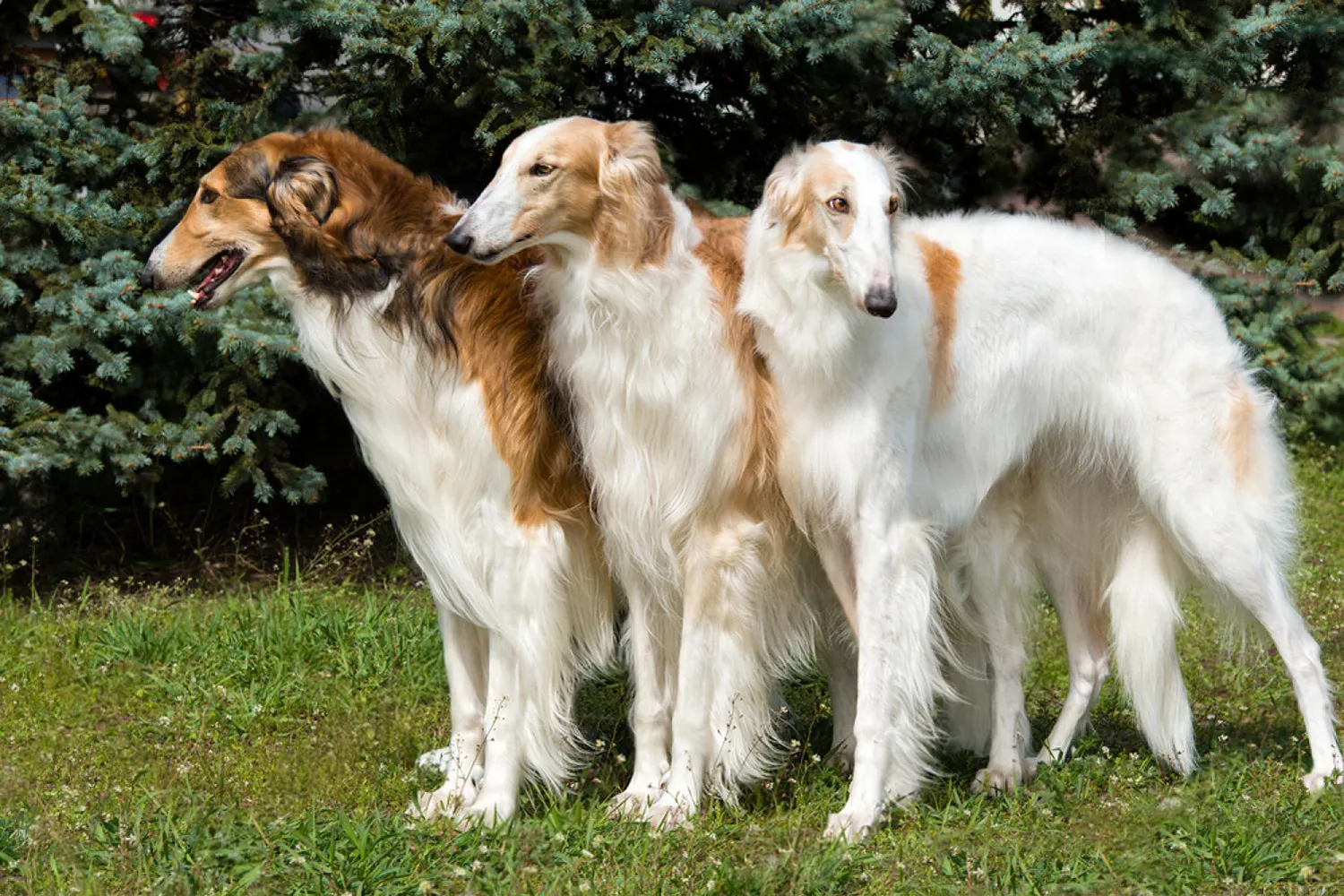
What Is the Borzoi Breed?
Picture a tall, feather coated sighthound gliding past like a silk scarf caught in a breeze that’s a Borzoi. Originally developed in Russia, these elegant dogs were bred by blending speedy Greyhounds with hardy Russian sheepdogs so they could sprint after game and keep comfortable through icy winters. I always imagine them coursing across snowy fields beside the nobility, all grace and determination, and honestly, that image fits them perfectly.
You can spot a Borzoi from a mile away: the long, narrow head, those slim, long legs, and a deep chest built for big, efficient breaths. That distinctive head shape isn’t just for looks Borzoi have the wide field of vision you expect in sighthounds, making them expert motion detectors. My friend’s Borzoi once noticed a squirrel I could barely make out at the end of the block and was ready to launch like a rocket. Tip from experience: keep them leashed or in a secure area, because when they see something move, their instincts kick in fast.
Their coat is silky and shiny, with texture that ranges from long and straight to wavy or even curly in places, and it comes in almost any color. I like to run a pin brush through the “frill” and behind the ears a few times a week to prevent tangles especially during seasonal shed when those elegant waves try to form little mats. Despite their aristocratic look, Borzoi are typically gentle and calm at home, happy to lounge after a good sprint. Think of them as refined athletes: a burst of speed outside, then couch companion inside. If you love a dog that’s both statuesque and sweet, the Borzoi is a beautiful blend of both worlds.
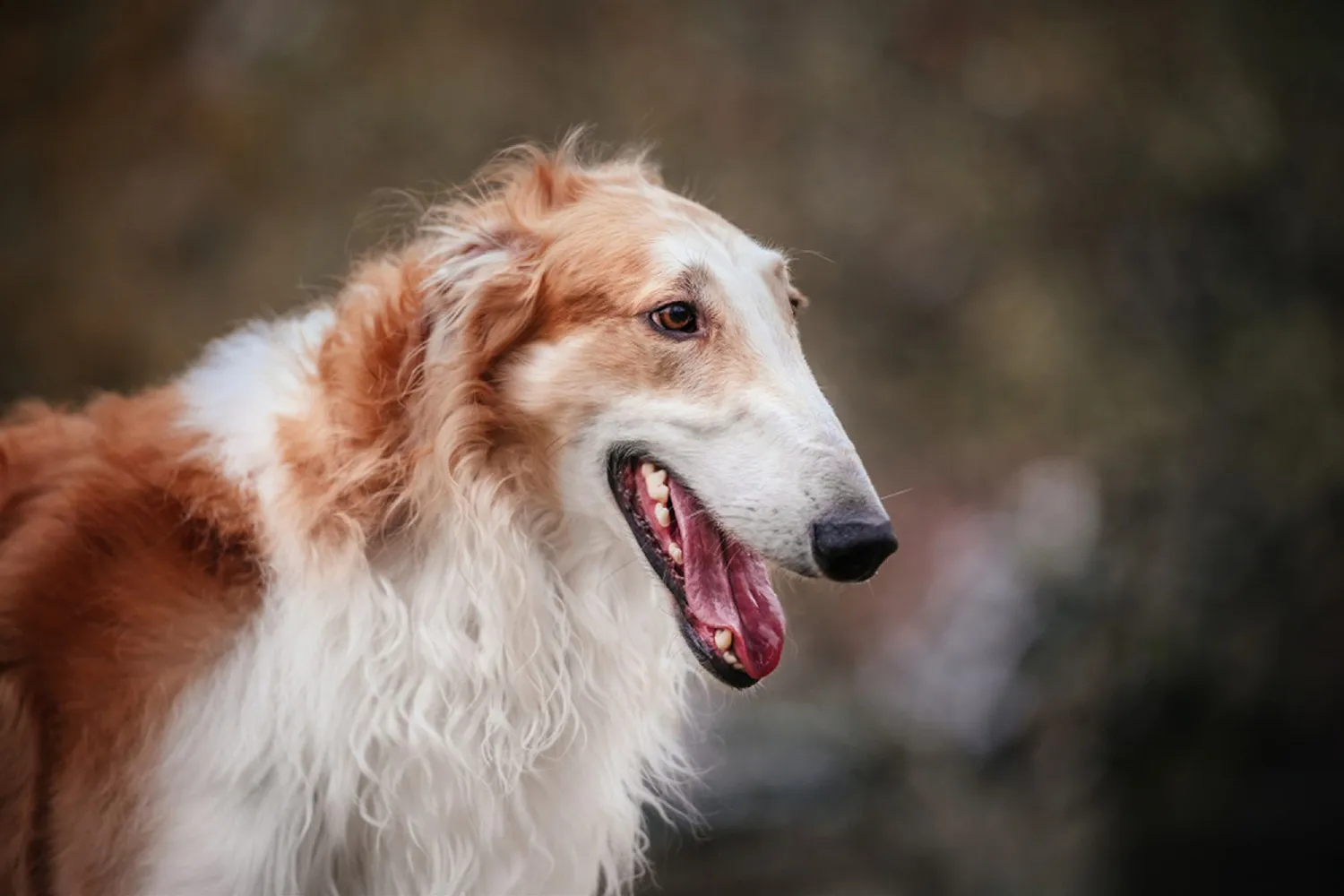
Who Is a Borzoi Best For?
Picture a tall, elegant couch potato who loves your company and appreciates the good life that’s the Borzoi at home. They’re definitely house dogs, happiest when they can lounge near their people, and with daily exercise they can do just fine in an apartment. I knew a neighbor with a Borzoi in a one bedroom walk up, and that dog was perfectly content with two solid walks a day and a few spirited zoomies in a fenced field on weekends. They’re sprinters, not marathoners: a burst of speed, then back to the sofa.
Comfort matters to these long limbed beauties. Because they like to stretch out, it’s worth setting up cozy landing spots around the house think plush dog beds in a couple of rooms and a washable blanket over the couch. Mine always claimed the softest corner and would let out a dramatic sigh if I forgot to put the blanket down. They also appreciate quiet, draft free napping areas where they won’t be stepped over.
As family dogs, Borzoi are typically calm and gentle, but their size alone can be a lot around very small children. A joyful tail swipe or a sudden step can topple a toddler, and like many dogs, they may get nippy if poked, prodded, or tugged. If you have young kids, plan on close supervision, teach the “no pulling tails or ears” rule, and give the dog a designated kid free retreat baby gates and a covered crate can be a lifesaver. Older children who understand boundaries usually do wonderfully with them. Add in consistent daily walks, a few brain games, and plenty of soft places to flop, and a Borzoi can be a graceful, affectionate fit for many homes.
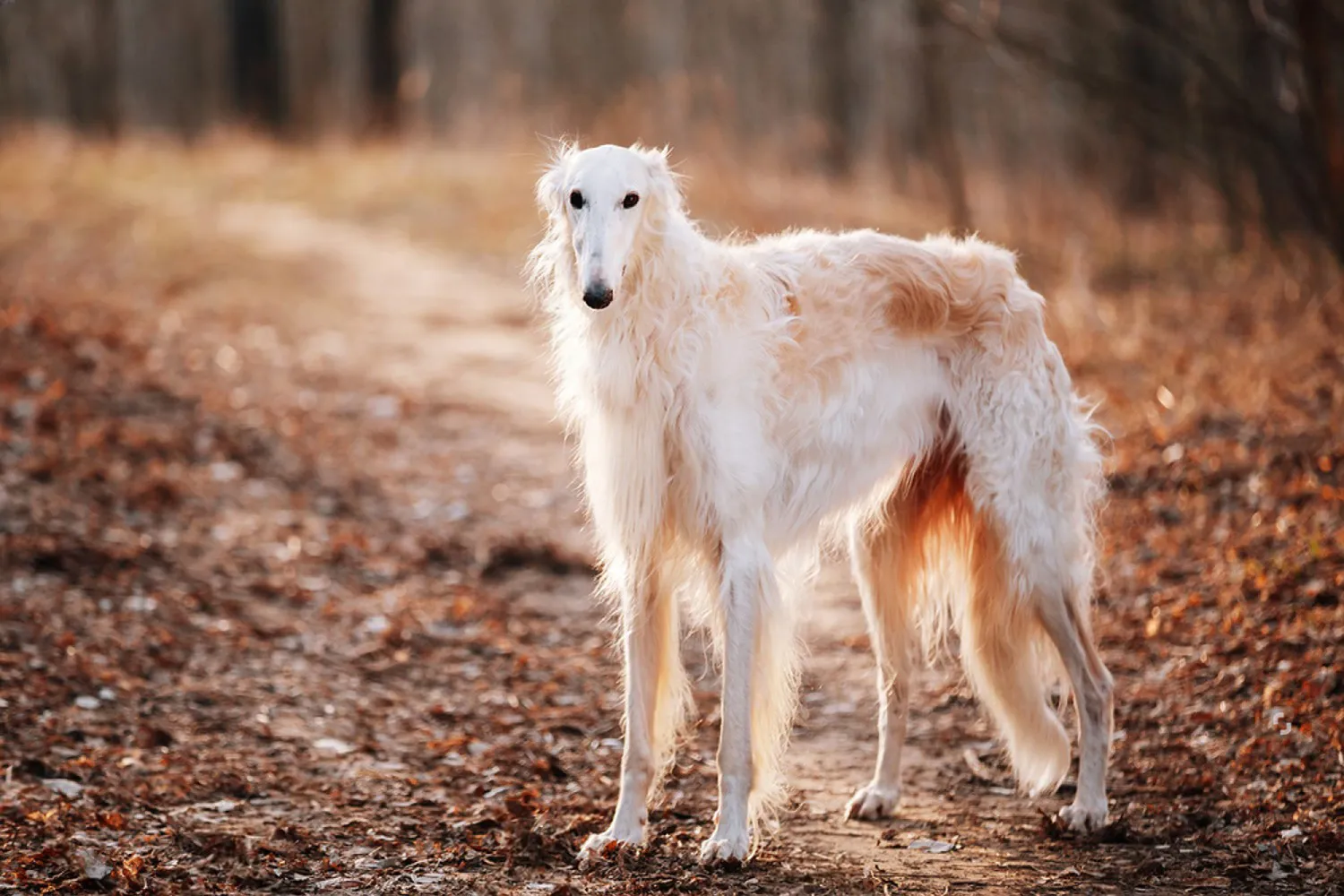
Borzoi Grooming and Shedding Tips
That silky, aristocratic coat doesn’t maintain itself Borzoi grooming takes a bit of dedication, but it’s oddly relaxing once you get into a rhythm. I keep a long pin slicker brush by the door and a metal comb on the coffee table; a quick once over after walks saves me from big knots later. Aim for a full brush out weekly when things are calm. During shedding season, though, be ready to step it up to three times a week or even daily. A light spritz of water or detangler before you brush helps prevent breakage, and I always check the usual trouble spots: behind the ears, under the collar, the feathering on the legs and thighs, and the plume of the tail. Bathing is only needed as the dog gets dirty use a gentle shampoo, rinse thoroughly, and towel dry, then a low, cool blow dry if your Borzoi tolerates it.
Shedding is real with this breed. Think elegant tumbleweeds drifting across your hallway I call them “Borzoi snow.” A friend’s female Borzoi sheds noticeably after each cycle, so if you have a girl, that extra seasonal blizzard is normal. Lint rollers, washable throws on the sofa, and a good vacuum are your best friends. I also keep a brush in the car; nothing like noticing a halo of white hairs on a black coat five minutes before meeting friends for coffee.
Nail care is simple once you get a routine. If you hear that telltale click clack on hard floors, it’s time for a trim usually every two to three months for most Borzoi. I like to do tiny touch ups more frequently so it’s less stressful, and I always reward with a high value treat. Don’t forget to check any dewclaws if your pup has them. While you’re at it, a quick ear check and a peek at the teeth keeps small problems from becoming big ones. Grooming days turn into quiet bonding time in my house, and with a Borzoi, that calm togetherness feels just right.
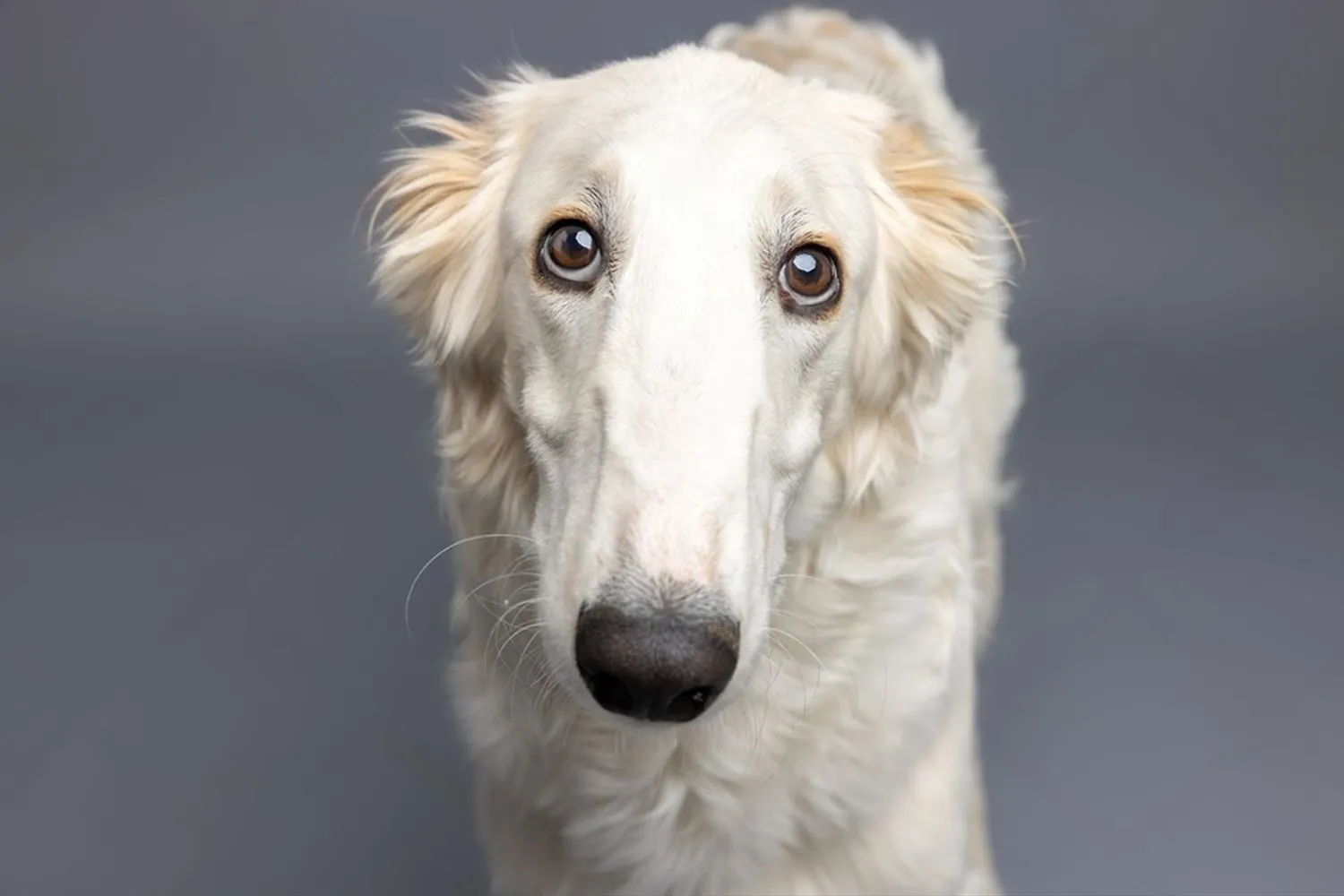
Do Borzois bark a lot?
Borzois are famously placid, and most of them lean toward the quiet side. They’re the kind of dog that would rather watch the world drift by than narrate it out loud. A friend’s Borzoi, Misha, might go an entire day without a peep then suddenly let out one dignified “woof” that turns every head. When they do speak up, it’s often a deep, resonant bark that surprises people because it’s so rarely used.
That said, they make solid watchdogs. A Borzoi will usually alert you if someone’s at the door or lingering near the yard, then settle once you’ve acknowledged the situation. Mine gives two authoritative barks when the doorbell rings, checks my face to make sure I got the memo, and then drifts back to the couch with a sigh. They’re not typically yappy; it’s more of a sensible heads up than a running commentary.
I always remind folks that barking isn’t “bad” it’s how dogs communicate. If your Borzoi is vocal, there’s almost always a reason: a sudden noise, a squirrel doing parkour, boredom, or a request for attention. I use a simple routine: thank the dog for alerting (“Good job, I heard you”), then ask for quiet and reward the first moment of silence. It’s amazing how quickly they learn that calm earns praise.
If barking ramps up, look at the bigger picture. These sighthounds do best with a good sprint in a safe, fenced area, plus brain work sniff walks, puzzle feeders, and a comfy spot away from window traffic can work wonders. Close curtains facing busy streets, keep doorways calm, and practice short alone times if your Borzoi “talks” when you leave. With the right outlets, most Borzois remain their elegant, softly spoken selves saving that grand baritone for when it truly counts.
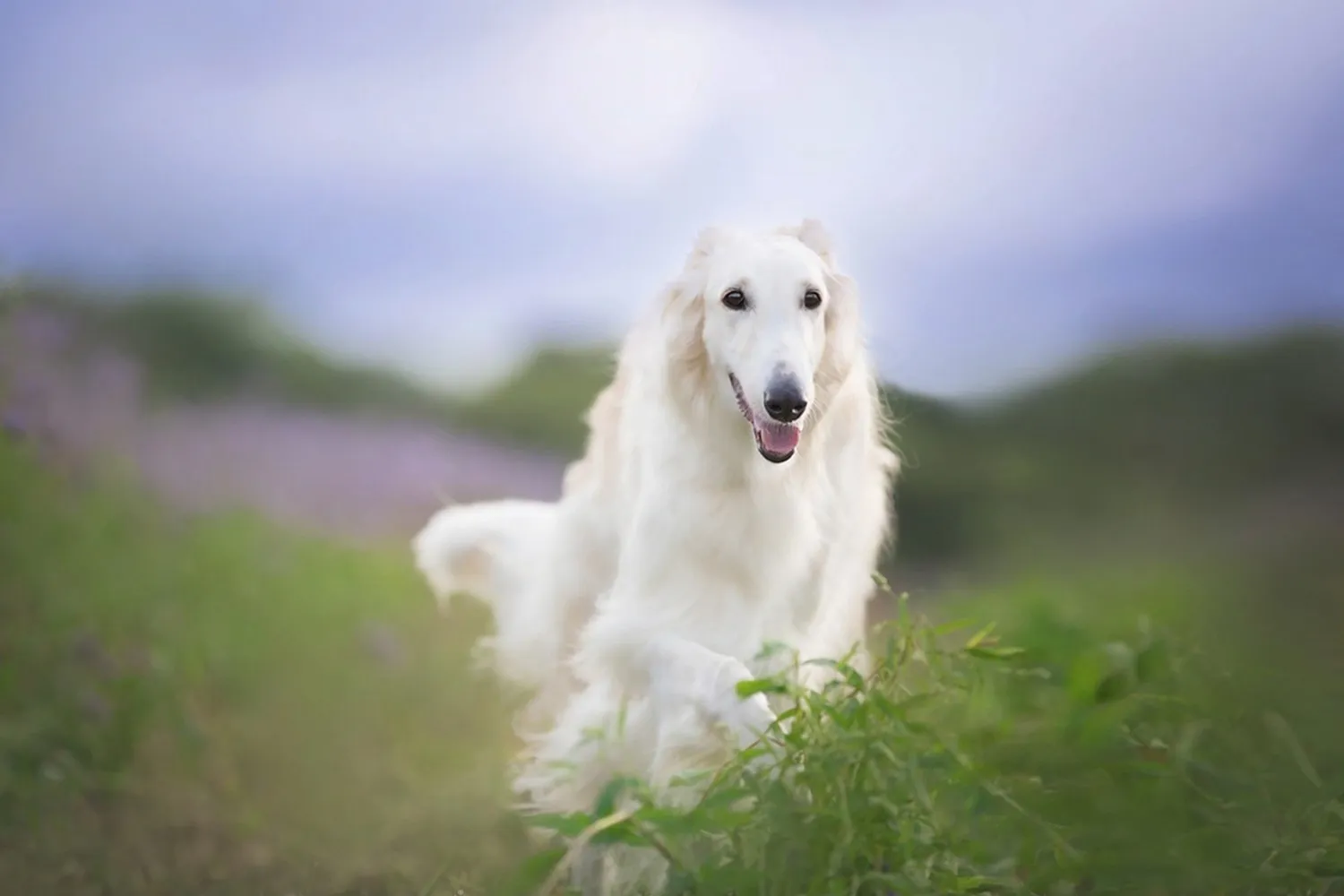
What Is the Average Weight and Height of a Borzoi?
Borzois are true gentle giants. An adult typically stands about 69 to 81 cm tall at the shoulder (around 27 to 32 inches), with a lean weight that ranges from roughly 24 to 45 kg (about 53 to 99 pounds). They wear that height elegantly narrow waist, deep chest, and those long, sweeping lines that make them look lighter than the scale says. Their slim, lengthy bodies can stretch close to a meter, too, which you’ll notice the first time one tries to curl up on your sofa and somehow occupies an entire row of cushions.
If you’re curious where your Borzoi falls in that range, measure at the withers (the top of the shoulders) with a soft tape and do it when they’re standing square. In my house, countertop height and Borzoi nose height are suspiciously similar let’s just say a loaf of bread disappeared once before I learned to push things back. Training a solid “leave it” is your best friend with a dog this tall. Also, don’t be surprised if males tend to land on the taller, heavier side while many females are a touch lighter still very much in the “long limbed supermodel” category either way.
One practical tip: plan for their size in your everyday setup. A roomy car space, a bed long enough for a full stretch, and a harness that fits that deep chest will make life easier. They grow quickly, often reaching close to full height in their first year and then filling out with muscle as they mature. Give them space to sprawl, and you’ll have one very elegant, very happy companion.
https://en.wikipedia.org/wiki/Borzoi/
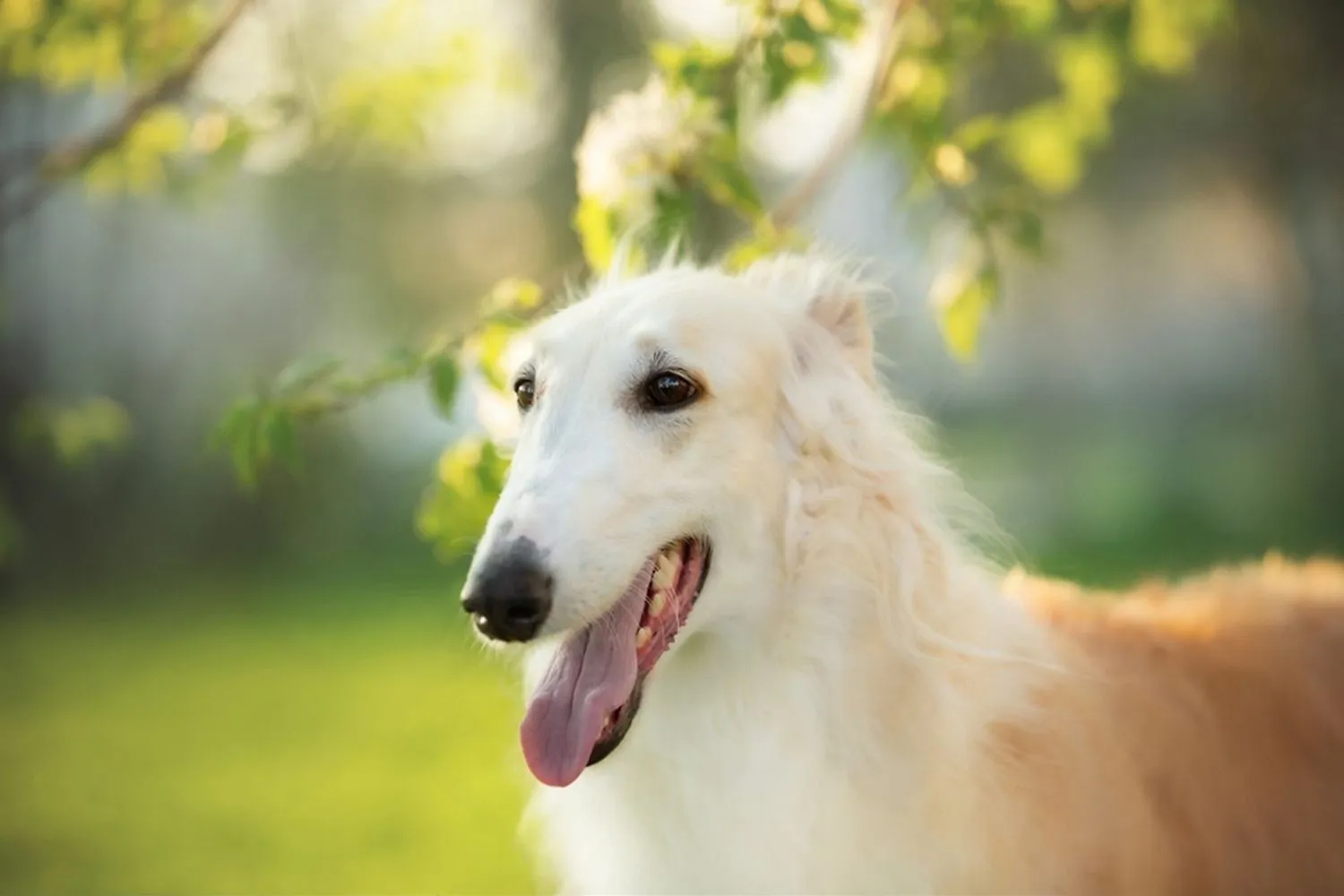
Are Borzois Easy to Train?
Training a Borzoi feels a bit like negotiating with a very elegant, very opinionated friend. They’re intelligent, but they think for themselves, and that independent streak can look like stubbornness if you’re used to super eager to please breeds. What worked best for me was keeping sessions short, upbeat, and consistent. Ten minutes, a handful of high value treats (think chicken or cheese), a toy to chase at the end, and we both walked away happy. They learn quickly when there’s something in it for them, especially if you tap into their love of movement and games.
Early socialization is golden with this breed. Get your Borzoi pup calmly experiencing the world different people, dogs, sights, sounds, and surfaces before they decide what’s “normal.” I used to park near a busy café and just sit with my youngster, feeding treats for watching calmly as bikes and strollers rolled by. Keep introductions gentle and positive; these dogs are sensitive souls, and a kind approach goes much further than pushing them into situations.
Because Borzoi are sighthounds with a strong instinct to chase, solid obedience really matters. Prioritize recall, “leave it,” and impulse control games. I like practicing recall on a long line in a fenced field call once, reward big, then release them to run again so coming back doesn’t mean “fun is over.” A friend’s Borzoi once launched after a tumbling plastic bag like it was the most thrilling rabbit in the world; it was a great reminder that even the calm ones can switch to chase mode in a heartbeat. Until your recall is truly reliable, stick to secure areas. Roads and wildlife are a risky mix for a dog that locks onto movement and tunes everything else out.
Gear helps too: a well fitted martingale collar is a staple for those graceful, narrow necks, and I prefer a sturdy leash over retractables. Teach a relaxed “heel” in quiet places first, and add distractions slowly. If your Borzoi gets the zoomies on walks, channel that with a flirt pole or a quick game in a safe space, then return to training once they’ve taken the edge off. Just go easy on big jumps until they’re fully grown.
For fun and focus, Borzois can shine in sports like lure coursing and even agility, where the courses are short and the thrill is high. Mine lights up at the sight of the lure line after a few runs, he’s calmer and more attentive for obedience work. Mix in puzzle toys and simple scent games at home, and you’ll have a well exercised mind as well as body.
With patience, consistency, and a sense of humor, you can absolutely raise a polite, responsive Borzoi. They may keep you on your toes but that’s half the joy of living with a sighthound.
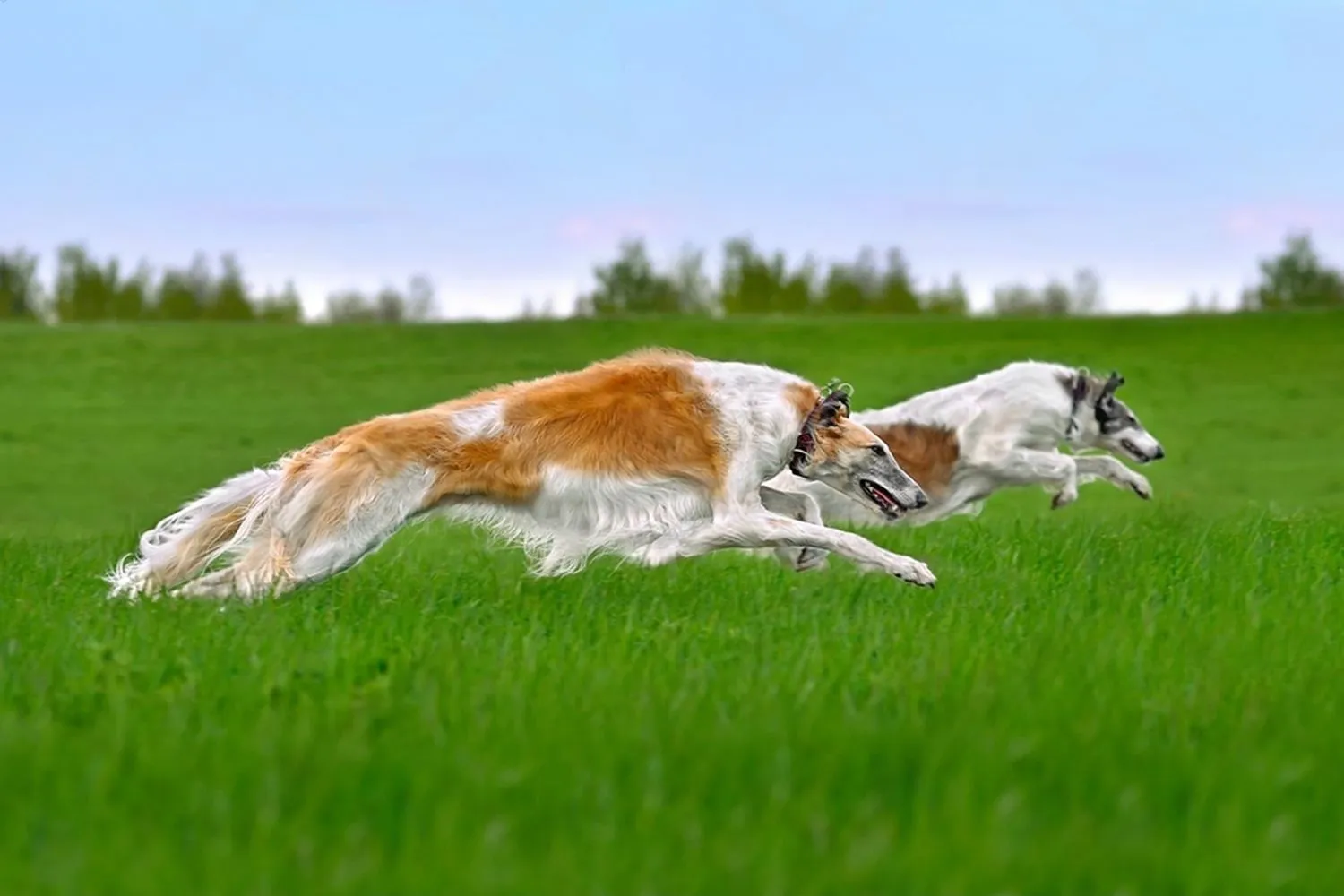
How do Borzois behave? A look at their temperament and personality
Borzois are the ultimate sprinter meets couch potato combo. They look like fashion models on a windy day long, elegant, impossibly fast and then they’ll curl into a graceful pretzel on your sofa and snooze for hours. That laid back vibe is real, but don’t mistake it for indifference. They like being near their people and thrive on a calm, companionable routine.
Because they were historically kept in large hunting packs, Borzois don’t do well left alone for long stretches. My friend’s Borzoi would do a dramatic sigh and drag his blanket to the door if she ran late message received. If your schedule is busy, plan for a dog walker, dog daycare a couple days a week, or a reliable second dog for company. I’ve also had good luck with a cozy crate set up as a “den,” a frozen food puzzle for departures, and some soft background music to take the edge off.
Temperament wise, they’re sensitive, intelligent, and when handled kindly remarkably obedient. Think thoughtful rather than push button. They respond best to gentle, positive training and a steady routine; harsh corrections can shut them down. Keep their minds busy with puzzle toys, shaping games, trick training, and lots of scent or search games around the house. A long line in a safe field is great for practicing cues without risking a sprint into the sunset, and lure coursing can be a thrilling outlet for that sighthound soul.
A well trained Borzoi makes a lovely family companion. They can be wonderfully witty and even goofy in a refined sort of way. I once met a Borzoi named Pasha who would delicately steal socks, prance past us like a runway star, and then deliver them back for a treat pure ham. Around kids, they tend to be gentle and polite, especially when children are calm and respectful. As with any breed, supervise, teach good manners on both sides, and protect those long legs from wild play.
Their hunting background does mean a strong chase instinct, especially with small, fast moving animals (and sometimes smaller dogs). Be extra cautious off leash in open or unfenced areas. Solid recall, a secure yard, and tools like a long line can keep everyone safe. I like channeling that instinct with controlled games flirt pole sessions, fetch sprints, and structured “find it” hunts so they get the thrill without the risk.
Give a Borzoi companionship, kind training, and mental work that matches their grace, and you’ll have a serene, surprisingly silly partner who can go from 0 to zoomies and back to nap time before your coffee cools.
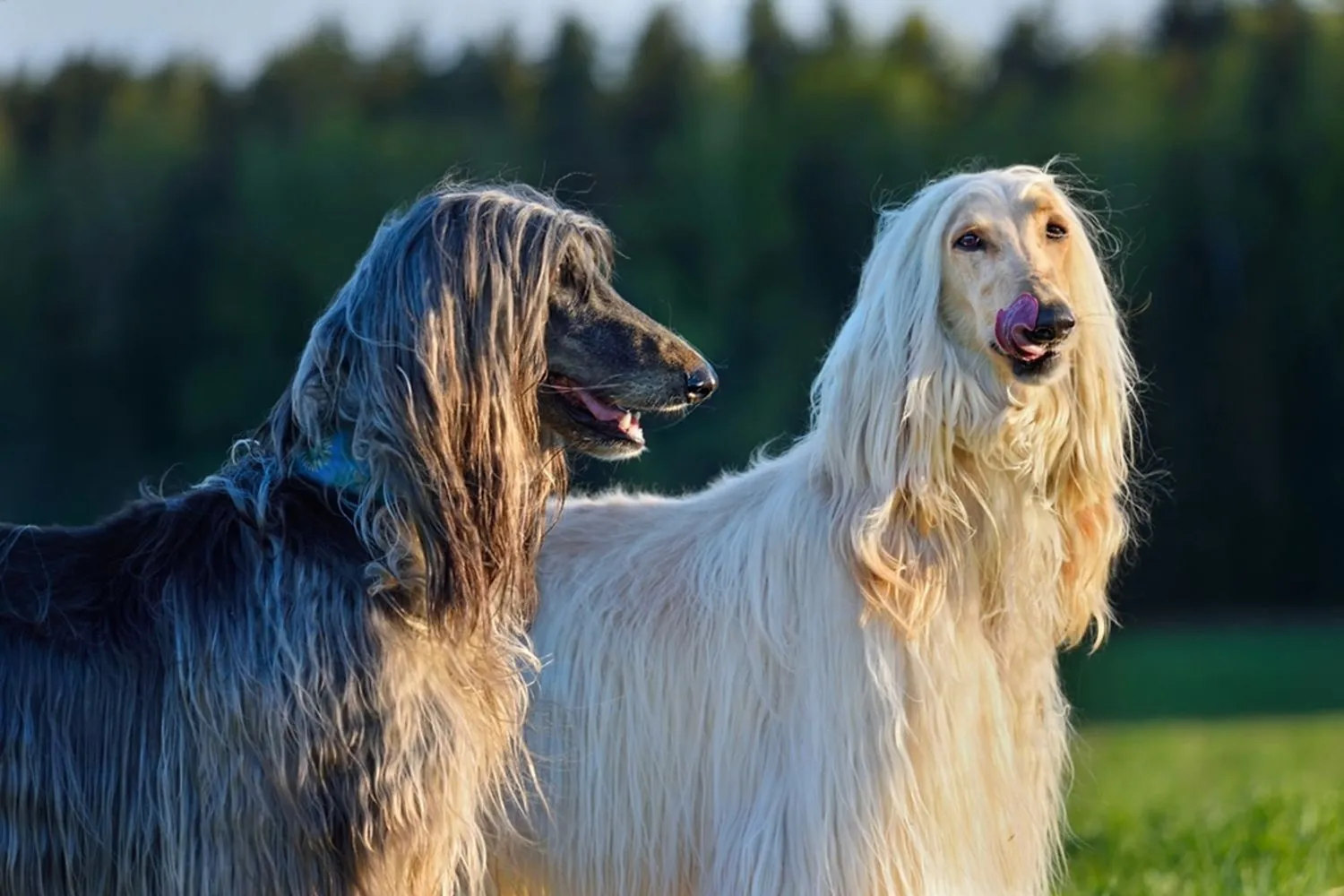
Do Borzois have any common health issues?
Borzoi are generally healthy dogs, but like any breed, they come with a few things worth keeping on your radar. I like to think of it as part of the deal when you share your life with a long legged, silky sprinter: you get the elegance and goofiness, and you keep an eye out for a handful of health concerns so they can stay comfortable for the long run.
Hip dysplasia and related joint injuries: This genetic condition affects the hip joint and can cause pain and mobility issues. With Borzoi, I also watch for elbow and other joint strains they’re athletic, and those leaps can add up. If you notice stiffness after naps, a “bunny hop” gait, or hesitation on stairs, it’s worth a chat with your vet. Keeping them lean, avoiding slippery floors, and building steady muscle with controlled exercise helps a lot. When my friend’s Borzoi started sliding on tile, some rugs and a ramp made a world of difference.
Bloat (gastric torsion): This is a big one for deep chested breeds like the Borzoi. The stomach fills with gas and can twist life threatening and an immediate emergency. I keep a sticky note on the fridge with signs: pacing, trying to vomit but bringing up nothing, a tight, swollen belly, and sudden distress. Feed measured meals, use a slow feeder if they inhale food, and skip hard play right before and after eating. Ask your vet about preventive options like a gastropexy, especially if you’ve had a scare. A friend’s dog had one after an ER visit and it gave everyone peace of mind.
Hypothyroidism: When the thyroid doesn’t produce enough hormones, you may see weight gain, low energy, and skin or coat issues. The good news? It’s usually easy to test and very manageable with medication. I once noticed a Borzoi who kept seeking warm spots and seemed dull coated after treatment, she perked up and her coat looked glorious again.
Progressive Retinal Atrophy (PRA): This eye condition causes gradual vision loss and can lead to blindness. Early signs can be night vision changes or bumping into things at dusk. Responsible breeders screen for PRA, and regular eye checks help you stay ahead of changes. If vision declines, Borzoi adapt surprisingly well keep furniture in the same places, use scent markers for key spots, and lean into verbal cues. I found that scenting doorways with a tiny dab of vanilla made navigation easier for one senior.
Regular vet checkups, good records, and a calm, observant eye go a long way. I always say: learn the signs, trust your instincts, and don’t hesitate to make that call to the vet when something feels off. Your elegant cloud of a dog will thank you with a wag and a sofa snuggle.
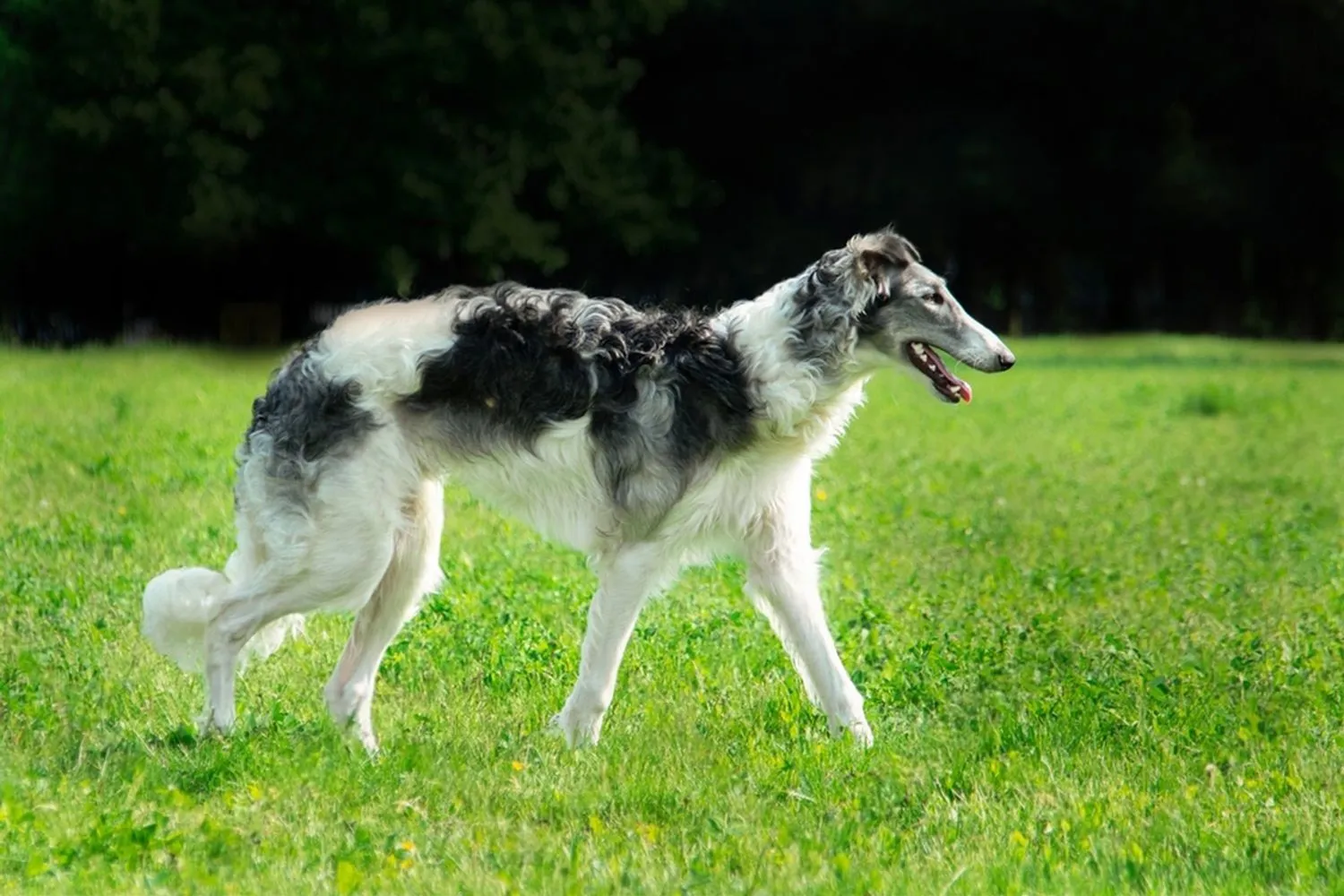
What is the lifespan of a Borzoi?
Borzoi are slow bloomers in the most charming way. As puppies they grow in long, elegant sections, and you can almost watch that aristocratic profile stretch out over time. Their lengthy heads don’t really finish taking shape until after two years, so don’t be surprised if your young Borzoi looks a bit gawky and “out of proportion” during the teenage phase. I remember thinking my friend’s pup had a nose that arrived a few months ahead of the rest of her by three, she looked like a painting. During this long maturing period, keep exercise sensible and steady rather than high impact. Let those joints develop, feed an appropriate large breed diet, and be patient as they fill out into their swan like selves.
As for lifespan, a healthy Borzoi typically lives around 10 to 12 years. With good care, some do tiptoe past that; my neighbor’s dignified old boy happily cruised into his thirteenth year on a routine of daily strolls and the occasional fenced sprint. The usual longevity basics make a big difference: keep them lean (you should be able to feel ribs under a light layer of muscle), give them regular, moderate exercise, and schedule consistent vet checkups. Because they’re big, deep chested sighthounds, I like to split meals into two or three smaller portions and keep things calm before and after eating. Add in comfy bedding for those long limbs, a bit of mental enrichment (sniff walks are gold), and a gentle grooming routine, and you’re stacking the deck for a happy, graceful life right in that 10-12-year range.
How much should a Borzoi eat?
Borzoi are deep chested dogs, and that shape puts them at higher risk for dangerous bloating if they gobble a big meal too fast. I’ve seen a friend’s lanky Borzoi puff up after inhaling dinner once it was terrifying and a real lesson in slowing things down. Skip the heaping portions, and instead spread their food into smaller meals through the day think two small servings, twice a day. A slow feeder bowl, calm mealtimes, and avoiding hard play right before and after eating can make a real difference.
As for what to feed, talk with your vet about the right diet and portion size for your dog’s age, weight, and activity level. Borzoi can be a bit fussy, so aim for high-quality food with good protein sources. I measure meals with a scoop, watch their waistline, and adjust as needed; you should be able to feel ribs with a light touch but not see them sharply. If your Borzoi turns up their nose, a splash of warm water or a vet approved topper can help without making the meal too rich. And whatever you choose, keep it consistent their elegant stomachs appreciate routine as much as their elegant looks suggest.
Borzoi FAQs: Real Life Tips and Tales
I get these questions all the time about Borzois, usually right after someone meets one and falls a little bit in love. Here’s what I’ve learned from years of living with sighthounds and borrowing as many Borzoi cuddles as I can.
Are Borzois related to Greyhounds?
In a way, yes. Old accounts say the Borzoi was shaped by crossing Russian sheepdogs with Arabian Greyhounds. When you see that elegant outline and the effortless, floating trot, the Greyhound connection makes sense. Think of the Borzoi as a refined, cold weather cousin: same sleek, speedy heritage, wrapped in a luxurious coat. I remember watching a Borzoi and a Greyhound run together at a lure coursing event one like a bullet, the other like a silk scarf caught by the wind.
Are Borzois hypoallergenic dogs?
Nope. That beautiful, long coat was designed to keep them warm through brutal Russian winters, and with that comes shedding lots of it, especially seasonally. If you have allergies or a strict no fur on the couch policy, a Borzoi may test your limits. Regular brushing (I like quick daily brush outs and a deeper session once a week), a good vacuum, and a lint roller in every room and car will help. I also run an air purifier during heavy “coat blow” season. It won’t make them hypoallergenic, but it keeps the tumbleweeds under control.
Will a Borzoi get along with a cat?
It’s possible with thoughtful introductions, especially if they grow up together. Borzois are gentle souls with their family “pack,” but they’re still sighthounds with a prey drive. My friend’s Borzoi, Lada, lives peacefully with a senior cat named Miso because they did slow, supervised meet and greets, used baby gates, and never allowed chasing games to start. I wouldn’t trust the combo unsupervised outdoors, and I always manage situations where fast movement could trigger instincts. Inside the home, set them up for success and you’ll likely see manners over mayhem.
Is a Borzoi ideal for a first time dog owner?
They’re breathtaking and sweet, but they’re not the easiest starter dog. Borzois are independent thinkers polite but not push button. If you expect instant obedience, you might feel frustrated. Positive, patient training works best, with short sessions and high value rewards. Grooming is a regular commitment, and while they’re calm indoors, they still need daily walks and chances to sprint safely a few times a week. Recall can be a lifelong project; I practice in fenced areas and use a long line for reliability. If you’re new to dogs and excited to learn, have time for coat care and training, and don’t mind a little fluff on your black pants, you might be a great match. If not, consider waiting until you’ve got a bit more experience or a very good vacuum.
Disclaimer:
This article is for informational purposes only and doesn’t replace professional veterinary or training advice. Always consult a certified vet or dog trainer for guidance specific to your pup.
